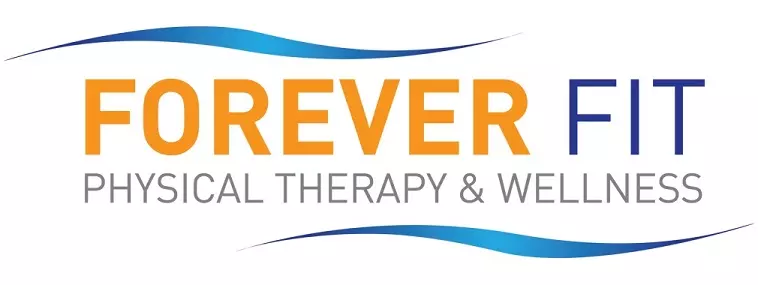Your forearm, also known as your lower arm, is made up of muscles connecting your elbow to your wrist. If you’re experiencing muscle pain in this area, it can be really frustrating and interfere with your ability to perform normal, daily activities. Forearm pain can happen to anyone and it’s important to understand that there could be several factors causing your discomfort.
Once we better understand some of the causes that may be contributing to your pain, we can start to treat it. Fortunately, physical therapy is one solution that can offer a variety of treatment techniques to help address your forearm pain.
5 potential causes of muscle pain in your forearm
-
Tendinitis
Elbow tendinitis, also known as tennis elbow or golfer’s elbow, occurs when the tendons around your elbow become inflamed. This condition can often be caused by overuse of the hand and wrist and repetitive gripping motions.
This inflammation can then cause tenderness, pain and weakness that leads into your forearm, making simple tasks like lifting a cup of coffee or brushing your teeth uncomfortable or challenging.
-
Muscle strain
Your muscles in your forearm can become overstretched from specific repetitive motions, causing your tendons to become inflamed. One study shows forearms as the third most common location for a repetitive strain injury. Some common causes of muscle strains include:
- Overuse of the forearm muscles
- Direct trauma to the muscle
- Sudden movements
- Heavy lifting
- Sports
-
Nerve compression
Nerve compression can occur when certain nerves become “pinched” or compressed in other areas of your arm, such as your shoulder and elbow. Nerve compression can cause pain and weakness in your forearm and this pain can also lead into your hand and wrist.
-
Arthritis
Arthritis can occur in different areas of your body. If you experience ongoing pain or discomfort, it can be attributed to inflammation or degeneration of your joints. If you have arthritis in your wrist or elbow for example, you may experience radiating pain into your forearm.
- Carpal tunnel syndrome
Occurs when the nerve running from your forearm to your wrist becomes “pinched.” This can happen when your wrist experiences certain types of injuries or traumas that may cause swelling. Sometimes the compression of the nerve can be a result of mechanical problems that already exist in your wrist joint. Or, if you have a job that requires you to use your wrist constantly like assembly line work.
Physical therapy can help treat forearm muscle pain
Many times, the pain you feel in your forearm doesn’t come from your forearm at all. Instead, the pain may start in your wrist, elbow or hand (or even all three) before radiating through your arm and potentially affecting areas like your neck or shoulder.
Working with a physical therapist can help you determine where your pain originates and the best treatment options available. Some techniques a physical therapist might recommend include:
-
Dry needling
Commonly used to treat musculoskeletal conditions like tennis elbow. A licensed physical therapist will insert a thin, sterile needle into your “trigger points” to help release muscle tension, increase blood flow and improve the range of mobility to the affected area.
-
Graston Technique®
By targeting soft tissue, a licensed physical therapist will apply a specialized stainless steel tool to help release knots in your muscle and help improve any muscle strains or pulled ligaments that may be contributing to your forearm discomfort.
-
Myofascial release
This is a form of manual therapy where a licensed physical therapist will use their hands to help release tightened tissue to provide temporary pain relief. This technique will often be one part of your treatment plan to aid you in your recovery.
-
PEACE & LOVE
When you’re recovering from a soft tissue injury, it can be hard trying to remember all the things to account for. Fortunately, PEACE and LOVE are acronyms used in physical therapy to offer guidance on the steps you should follow right after your injury and management tips to help prevent future reinjury.
Forever Fit can help you get back to sleeping through the night
If you’re tired of waking up tired from forearm discomfort, you are not alone. Take the next step by making an appointment at one of our many Maryland locations. At Forever Fit, our team is made up of highly trained and licensed physical therapists who understand that your road to recovery requires a specialized treatment plan designed to meet your needs.
Are you ready to find relief from your forearm pain? We can help. Contact our team today for more information or to schedule an initial appointment.

